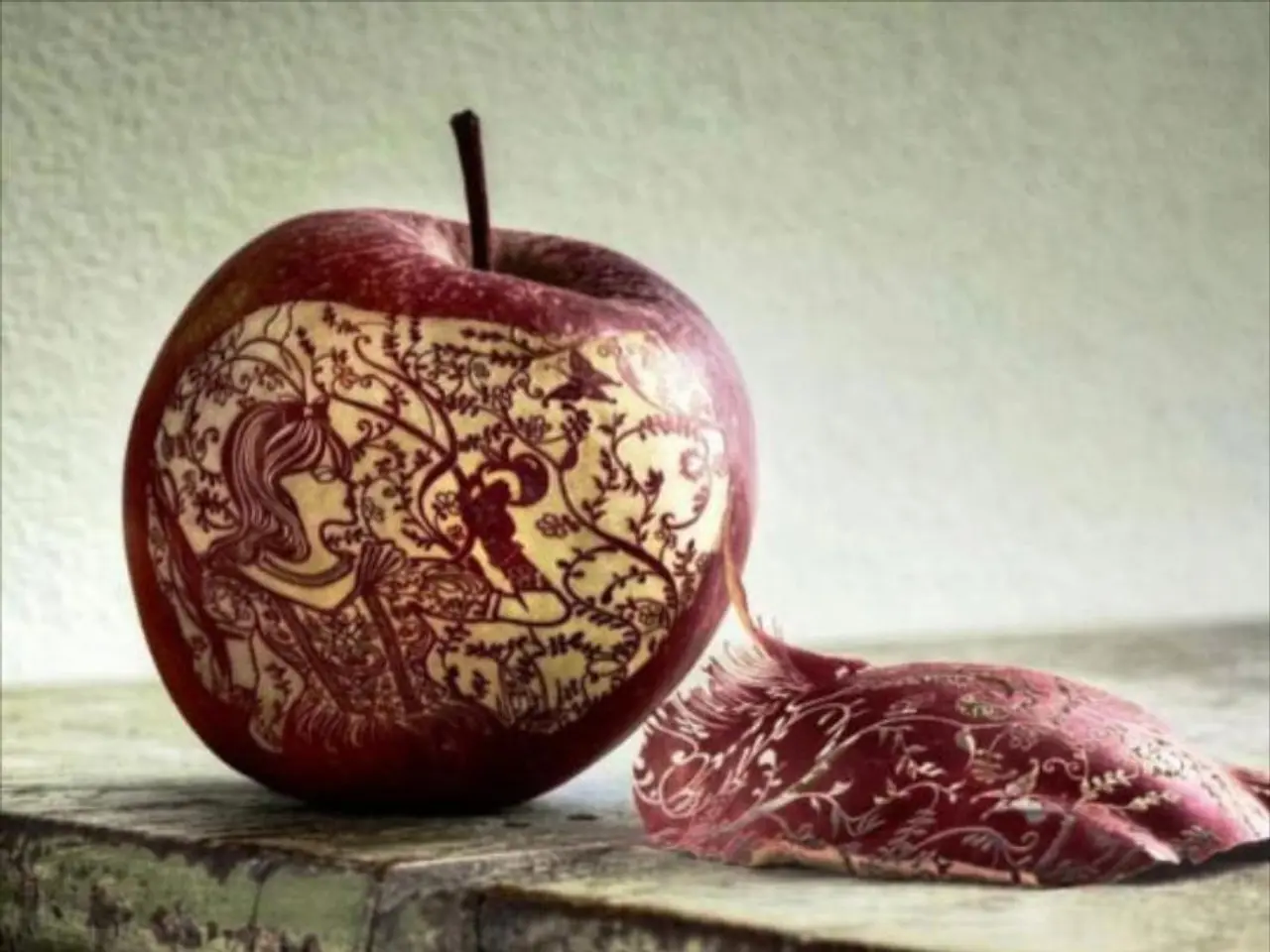Mastering User Experience (UX) Prototypes: An All-Encompassing Handbook
===============================================================================
In the world of UX/UI design, understanding the purpose and differences between wireframes, mockups, and prototypes is crucial. Each of these design elements plays a unique role in the creation process, helping teams achieve their design goals efficiently.
Wireframes: The Foundation of Design
Wireframes serve as the blueprint for a design, focusing on layout and functionality without detailed visuals or interactivity. These low to medium fidelity designs usually appear in grayscale or simple shapes and placeholders, emphasizing the structure and information hierarchy. Wireframes are essential for early-stage brainstorming, defining structure, user flow, and navigation. They are fast and cost-effective for initial feedback, making them ideal for the first steps of the design process.
Mockups: Polishing the Visual Appeal
Mockups build on wireframes by adding high-fidelity visuals, including colors, typography, and branding elements. These polished, static designs represent the visual style of the final product and are used for design review and feedback. Mockups help teams finalize the look before development, ensuring that the final product aligns closely with the original design vision.
Prototypes: Testing and Refining the User Experience
Prototypes take mockups further by adding interactivity and simulating user navigation. Prototypes enable usability testing, validating design hypotheses, refining user experience, and gathering real user feedback before coding begins. By simulating the user's journey, prototypes help designers identify and address potential issues early in the process, saving time and resources in the long run.
The Differences Between Wireframes, Mockups, and Prototypes
| Aspect | Wireframes | Mockups | Prototypes | |-----------------------|----------------------------------------------|-----------------------------------------------------|-----------------------------------------------------| | Purpose | Visualize and structure the basic layout and functionality early in the design process. | Show detailed static visuals including colors, fonts, images, and branding; used for design review and feedback. | Simulate user interaction and experience to test usability and gather feedback before development. | | Fidelity | Low to medium fidelity; usually grayscale or simple shapes and placeholders; focuses on layout and flow. | High fidelity; polished, static designs representing the visual style of the final product. | Can range from low-fidelity clickable wireframes to high-fidelity, fully interactive simulations closely resembling the final product. | | Interactivity | Typically static, focusing only on structure and information hierarchy. | Static; no interactive elements or user flow. | Interactive; clickable with navigation and behavior mimicking the actual product. | | Use cases | Early-stage brainstorming, defining structure, user flow, and navigation; fast and cost-effective for initial feedback. | Design review with stakeholders on visual aspects and branding before moving to development. | User testing, validating design hypotheses, refining user experience, and stakeholder presentations. | | Visual detail | Minimal—mostly wire outlines, boxes, and placeholder text. | Detailed, showing exact colors, fonts, images, and overall visual design. | Both visual and functional realism, potentially including animations and transitions. |
This staged approach helps teams iterate efficiently from concept (wireframe) to appearance (mockup) to behavior (prototype). However, depending on project needs, designers might skip some stages or combine them to save resources.
Mockups Facilitate Development and User-Friendly Designs
Mockups play a pivotal role in the design workflow, acting as a bridge between initial concepts and the final product. They provide a visual representation of the end design, allowing designers to communicate their ideas and vision clearly to stakeholders. Additionally, mockups feature images and colors but emphasize which parts of the designs fit where the user experience is concerned.
For example, the Fashion Shopping App UX mockup showcases a user-friendly fashion e-commerce app with clean layouts, soft colors, and intuitive navigation. These mockups facilitate a smoother transition into the development phase by offering a detailed visual reference that developers can follow.
Prototypes Take Mockups to the Next Level
Prototypes take mockups further by adding interactivity, simulating how users will navigate the product, testing usability, and uncovering issues in user journeys. By doing so, prototypes help teams refine the user experience, ensuring that the final product is not only visually appealing but also user-friendly.
In today's fast-paced design world, tools like Axure RP, MockFlow, and Balsamiq help designers create detailed mockups with conditional logic and dynamic content, approaching prototype functionality without full interactivity. Additionally, newer technologies such as AR or 3D modeling are being explored for designing mockups, improving their effectiveness and fidelity.
In conclusion, understanding the role of wireframes, mockups, and prototypes in UX/UI design is essential for creating effective and user-friendly designs. By using these design elements strategically, teams can efficiently iterate from initial concepts to final products, ensuring that the end result meets both design and user experience goals.
Cybersecurity is vital in ensuring that data-and-cloud-computing systems used in UX/UI design projects are secure, as sensitive information such as mockups and prototypes containing design details and user feedback may contain valuable intellectual property.
Advancements in technology, such as artificial-intelligence and machine learning, are being integrated into UX/UI design tools like Axure RP, MockFlow, and Balsamiq, enabling designers to create more interactive and sophisticated wireframes, mockups, and prototypes, enhancing the user experience and improving efficiency in the design process.




